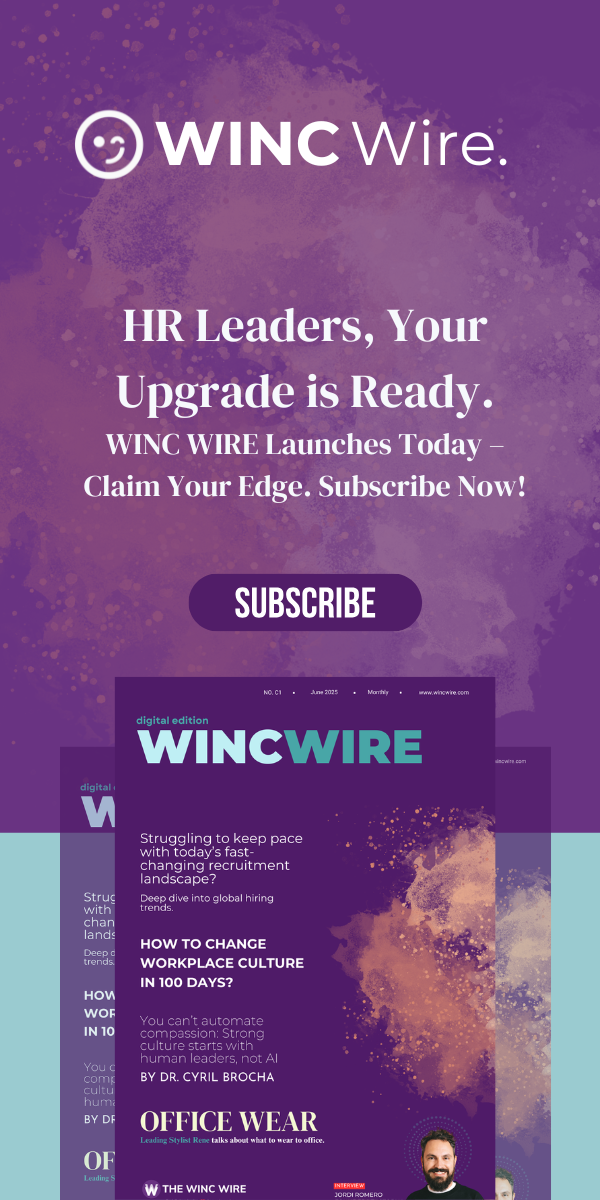In most organisations, onboarding is rolled out like the red carpet welcome kits, coffee catch-ups, team introductions. There’s a buzz, a sense of momentum. But when it comes to the final chapter of the employee journey offboarding the story too often ends on a flat note. What should be a considered farewell is reduced to a checklist of handovers, exit forms, and deactivated logins.
And yet, how we part ways with our people reveals more about our culture than the grandest onboarding welcome.
When someone leaves whether by choice or circumstance it’s a pivotal moment. It can quietly reinforce your organisation’s values or unravel years of goodwill in an instant. In a world where employer reputation spreads with the swipe of a screen, offboarding isn’t just about closure; it’s about legacy.
Offboarding Is More Than a Process It’s a Final Signature on Your Culture
In today’s fiercely competitive labour market, how someone leaves matters just as much as how they began. Exit experiences are recounted at dinner tables, on Glassdoor, and in conversations with prospective talent. Done well, offboarding becomes a subtle but powerful thread in your brand’s reputation — a final impression that continues to echo.
So, what does a truly thoughtful offboarding journey look like?
The Four Phases of Meaningful Offboarding
Think of offboarding not as a formality, but as a final act of respect. Here’s a four-phase approach that echoes operational precision and human decency in equal measure:
1. Awareness: The Moment of Transition
From the moment a resignation lands or a contract concludes the awareness phase sets the tone. Clarity and empathy are paramount.
- Confirm key details such as final working date and notice period.
- Ensure legal and contractual steps are adhered to redundancy consultations, settlement agreements, final pay.
- In cases of involuntary exit, discretion and dignity must guide the process, minimising disruption while preserving trust.
In the UK context, this phase demands particular attention to employment law final pay, statutory notice, and redundancy handling aren’t just checkboxes; they’re markers of credibility.
2. Preparation: Creating a Clean Handover
This stage is about foresight not just logistics. It’s where knowledge is captured, workloads are redistributed, and farewells are thoughtfully planned.
- Identify outstanding projects and assign them with continuity in mind.
- Facilitate structured handovers shadowing, shared docs, Q&A.
- Don’t underestimate a send-off. A heartfelt message or team toast can make a world of difference.
A well-prepared exit shows the organisation values the person beyond their utility. Chaos leaves scars. Order leaves goodwill.
3. Engagement: Listening, Learning, and Letting Go Well
This is the time for two-way dialogue. Here’s where the departing employee becomes a mirror, reflecting truths we might not hear from those staying.
- Run meaningful exit interviews ask what worked, what didn’t, and what they’d do differently.
- Address final pay queries, accrued leave, or benefits questions with transparency.
- Offer details about alumni communities or how to request references down the line.
Engagement during exit isn’t about retention it’s about respect. It says, “Your voice still matters, even as you leave.”
4. Documentation: Closing the Loop With Integrity
While often handled by HR and payroll, this stage needs the same care as any customer-facing process:
- Issue final documents like the P45 and pension summaries.
- Collect assets, deactivate access, update records.
- Clearly outline final salary, unused holiday pay, or redundancy compensation.
Handled with clarity, this phase creates closure not just for the employee but for the organisation. It tidies the threads so both can move forward with clean slates.
Five Ways to Build a Strong Offboarding Framework
Offboarding done right isn’t improvisation. It’s intentional. Here’s how to codify excellence:
• Define Your Purpose
Offboarding should serve more than compliance. Set outcomes like:
- Ensuring seamless role transition
- Capturing exit insights
- Preserving relationships for future re-engagement
• Leverage Technology Thoughtfully
The same platforms that onboard talent can support their exit. Repurpose workflows, automate reminders, and create structured exit pathways that reduce administrative drag.
• Use Microlearning to Answer FAQs
Don’t leave people guessing about tax, holiday pay, or next steps. Offer short, accessible guides videos, visual FAQs, or interactive timelines. It shows care and saves time.
• Track What Matters
Gather data from exit interviews. Monitor handover effectiveness. Track how many alumni return. Insights from exits often reveal more than engagement surveys ever could.
• Keep the Door Ajar
The “boomerang employee” is on the rise in the UK. Those who return bring context, loyalty, and lower onboarding costs. An elegant offboarding is the bridge to their future return.
The Commercial Case for Compassionate Offboarding
Why invest in exits?
- Brand Advocacy: Exits are spoken about. When they’re respectful, they become endorsements. When they’re clumsy, they become warnings.
- Team Morale: Departures are watched closely. How you treat leavers tells the stayers what to expect.
- Talent Pipeline: A positive offboarding can convert a past employee into a future ally, client, or hire.
Every Ending Is a Leadership Test
Every employee story must eventually find its final page. But how you write that last chapter determines whether they close the book with admiration or resentment.
Handled with intention, offboarding becomes more than an HR function it becomes a leadership act. It cements your commitment to people-first cultures, reinforces your values, and leaves doors open rather than bolted shut.
After all, in organisations that truly thrive, even goodbyes are conducted with grace.
Let’s Continue the Conversation
If you’re serious about shaping a workplace where respect spans the full employee lifecycle, I’d be glad to support. Follow me on Medium for insights at the crossroads of HR, hospitality, and business strategy. Let’s build cultures of excellence from the first hello to the final farewell.



